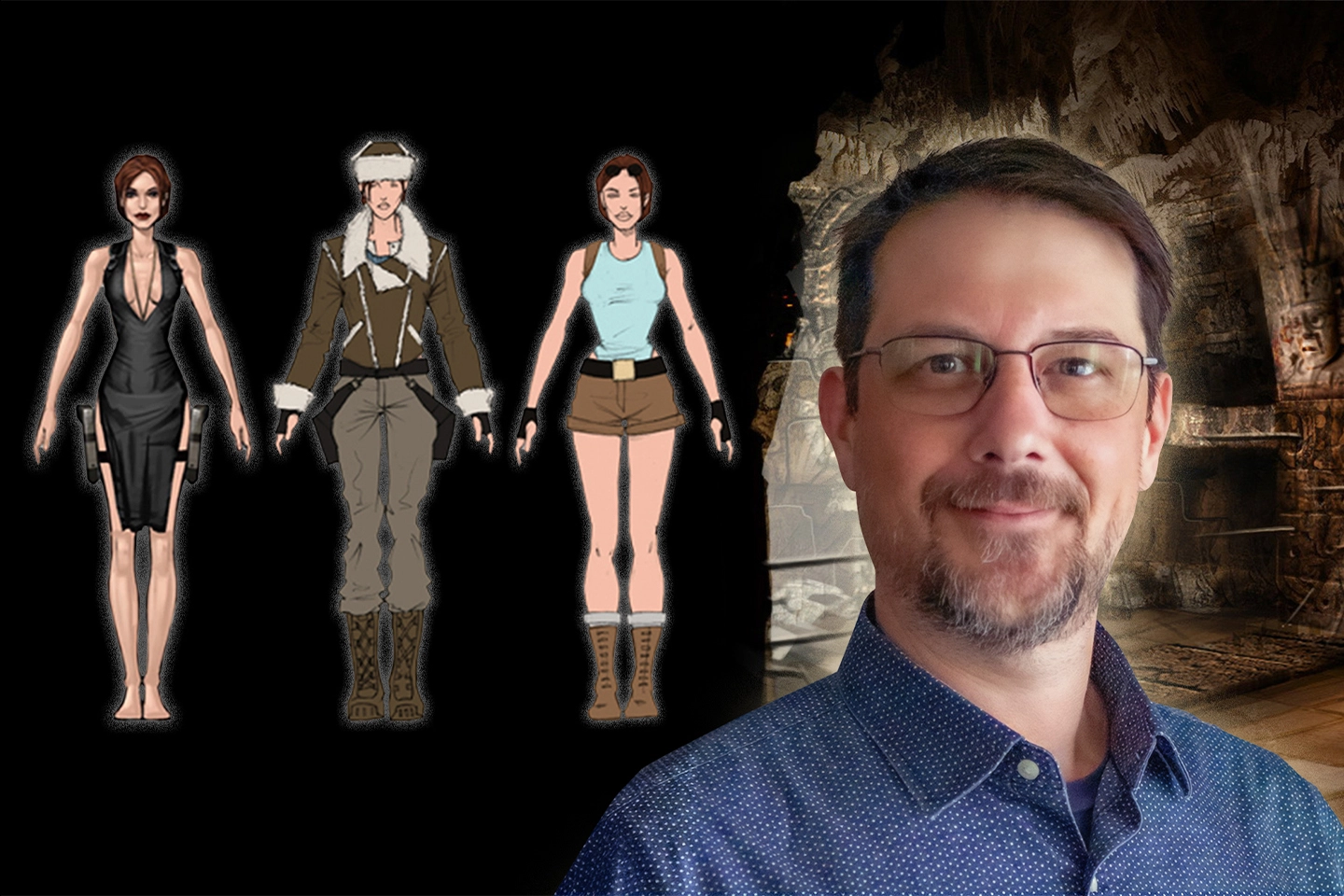Honoring the Past, Building the Future: Legend's 19th Anniversary
Tomb Raider: Legend marks its 19th anniversary today, representing a pivotal moment when Crystal Dynamics first stepped into Lara Croft's world. To commemorate this milestone, Creative Franchise Director Noah Hughes has shared a fascinating retrospective on the development philosophy that guided the team's approach to revitalizing gaming's most iconic heroine.
The Delicate Art of Character Evolution
When Crystal Dynamics inherited the Tomb Raider franchise, they faced the monumental task of refreshing a cultural icon without losing her essence. Hughes explains their approach wasn't about reinvention but rather thoughtful evolution.
"Working alongside her original creator, Toby Gard, and with character artist Kam Yu, we set out to evolve Lara visually without losing the qualities that made her model from the previous games so iconic," Hughes reveals.
This collaboration between the original creator and Crystal's talent resulted in a Lara that maintained her core identity while leveraging the graphical capabilities of then-modern hardware. Kam Yu's influence proved so significant that his design sensibilities continue to shape Lara's appearance even in contemporary iterations.
Reimagining Movement and Control
One of Legend's most significant innovations came in how players interacted with Lara herself. Under Riley Cooper's guidance, the team focused intensely on the "three Cs"—character, controls, and camera—to create a more fluid traversal experience that remained faithful to the franchise's exploration-focused roots.
This philosophy shines brightest in Legend's Tokyo rooftop sequence, where Lara navigates a neon-lit skyscraper using an array of acrobatic movements. The sequence perfectly demonstrates the seamless traversal system that would become a hallmark of modern Tomb Raider games.
Puzzles That Challenge and Delight
With inspiration from industry veteran Doug Church, Crystal Dynamics introduced physics-based puzzle interactions that encouraged experimentation and intuitive problem-solving. Hughes cites the teeter-totter puzzle in Bolivia as a simple yet effective example of this approach—incorporating dynamic physical systems while maintaining the series' focus on discovery and environmental interaction.
"Our aim was to create environments that invited curiosity and allowed Lara's intellect to shine in new ways," Hughes notes, highlighting how these design choices respected the franchise's roots while pushing it forward.
A Legacy of Balance
Throughout his reflections, Hughes emphasizes the team's commitment to finding the perfect equilibrium between innovation and tradition. "Legend was Crystal's first step into Lara's world, and we approached it with admiration and humility in search of the right balance between fresh and familiar," he explains.
This philosophy of respectful evolution established a foundation that would guide the franchise through subsequent entries. "Many of the things we learned on Legend by working with Toby and the amazing fans of the series continue to inform our choices as we shape the next chapter in Lara's story," Hughes concludes, suggesting that even as the franchise moves forward, it remains anchored to the lessons learned during Legend's development.
Fans can revisit this influential chapter in Lara's journey as Tomb Raider: Legend is available on the PlayStation Store.
TLDR;
Nineteen years after Crystal Dynamics first took control of the Tomb Raider franchise with Legend, Creative Director Noah Hughes reflects on how the studio balanced innovation with tradition. Working with original creator Toby Gard, they evolved Lara's visual design, fluid movement systems, and puzzle mechanics while respecting her established identity—creating a blueprint that continues to influence Tomb Raider development today.
